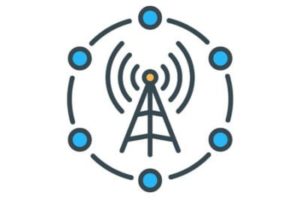The GSMA has published a new paper that examines some of the strategies that governments and mobile operators have used to improve global internet coverage. The Driving the Digital Revolution with Improved Mobile Coverage report looks at examples from France, Ghana, New Zealand, Peru, Tunisia, and the UK, and uses them to make policy recommendations that will make digital services more accessible.

The GSMA notes that while approximately 90 percent of the world’s population now has access to mobile broadband coverage, there are still more than 600 million people living without access to the internet. The new paper seeks to bridge that gap, arguing in favor of public-private collaborations that will promote mobile infrastructure in rural areas, and make mobile services more available (and more affordable) to the people living there.
“Closing the digital divide is essential to delivering transformational social and economic opportunities to underserved communities around the world,” said GSMA Chief Regulatory Officer John Giusti. “The coverage gap disproportionately affects people in low- and middle-income countries, especially those living in rural areas. We hope that the GSMA’s blueprint will inspire governments, regulators and industry to work together in shaping a future where coverage and access to digital services are sustainable and universal.”
The paper discusses both the funding and implementation of mobile infrastructure programs, and explores the possibility of shared deployment models. It arrives several months after the GSMA released a separate policy paper with recommendations that are intended to accelerate the development of 5G networks. The organization has also launched an Innovation Fund to promote digital inclusion in Africa and Asia.

Follow Us